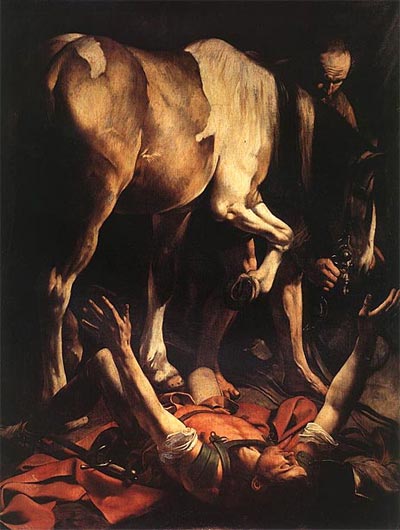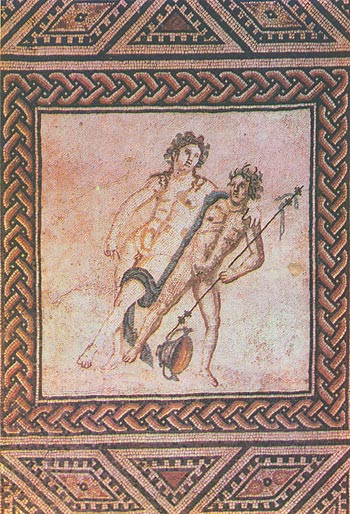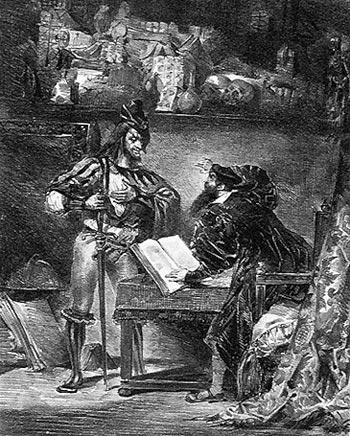Both were born in the south
Romanticism
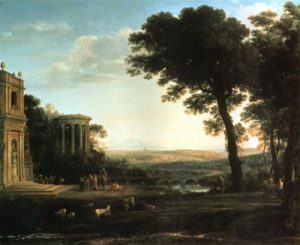 Romanticism (French romantisme from the Latin. Roman romanum from Roma – Rome) is one of two, along with Classicism, the fundamental tendencies of artistic thinking. However, historically, this word has been called a wide range of various phenomena. At the end of the 18th century, everything extraordinary, fantastic, what happens “like in novels” was called romantic or “romance”. Romantic, sublime poetry was then considered the only worthy type of art. But there was another interpretation of the term: romantic – this is the art of the Romance peoples, mainly medieval, which was opposed to the classical, ancient. Continue reading
Romanticism (French romantisme from the Latin. Roman romanum from Roma – Rome) is one of two, along with Classicism, the fundamental tendencies of artistic thinking. However, historically, this word has been called a wide range of various phenomena. At the end of the 18th century, everything extraordinary, fantastic, what happens “like in novels” was called romantic or “romance”. Romantic, sublime poetry was then considered the only worthy type of art. But there was another interpretation of the term: romantic – this is the art of the Romance peoples, mainly medieval, which was opposed to the classical, ancient. Continue reading
Pop Art
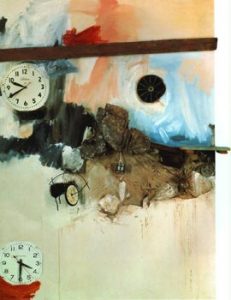 Pop art (English pop-art, from popular art to public art) is a trend that took shape first in modern art and then in various spheres of popular culture of the 20th century.
Pop art (English pop-art, from popular art to public art) is a trend that took shape first in modern art and then in various spheres of popular culture of the 20th century.
Pop art originated in the 50s of the 20th century in the USA and Great Britain and finally won a “place under the sun” at the international exhibition in Venice (1964), defeating abstractionism. An American artist R. Rauschenberg received the main prize for “subject compilation” composed of combinations of colorful postcards and a scrap of a poster, clippings from illustrated magazines and a photograph of the assassinated President J. Kennedy. Continue reading
Mannerism
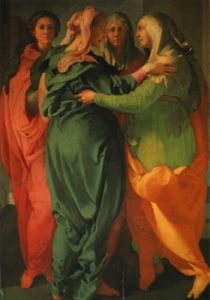 Pontormo Jacopo. Meeting of Mary and Elizabeth Mannerism (Italian. Manierismo – pretentiousness, mannerism from maniera – method, method) – the name conventionally denoting stylistic trends, as well as a certain stage in the development of European, mainly Italian, art of the middle and late 16th century. This stage reflected the crisis of the artistic ideals of the Italian Renaissance. The art of Mannerism as a whole is characterized by the primacy of form over content. Exquisite technique, virtuosity of manner, demonstration of skill does not correspond to the paucity of design, secondary nature and imitation of ideas. In Mannerism there is fatigue of style, the exhaustion of its vital sources. Continue reading
Pontormo Jacopo. Meeting of Mary and Elizabeth Mannerism (Italian. Manierismo – pretentiousness, mannerism from maniera – method, method) – the name conventionally denoting stylistic trends, as well as a certain stage in the development of European, mainly Italian, art of the middle and late 16th century. This stage reflected the crisis of the artistic ideals of the Italian Renaissance. The art of Mannerism as a whole is characterized by the primacy of form over content. Exquisite technique, virtuosity of manner, demonstration of skill does not correspond to the paucity of design, secondary nature and imitation of ideas. In Mannerism there is fatigue of style, the exhaustion of its vital sources. Continue reading
